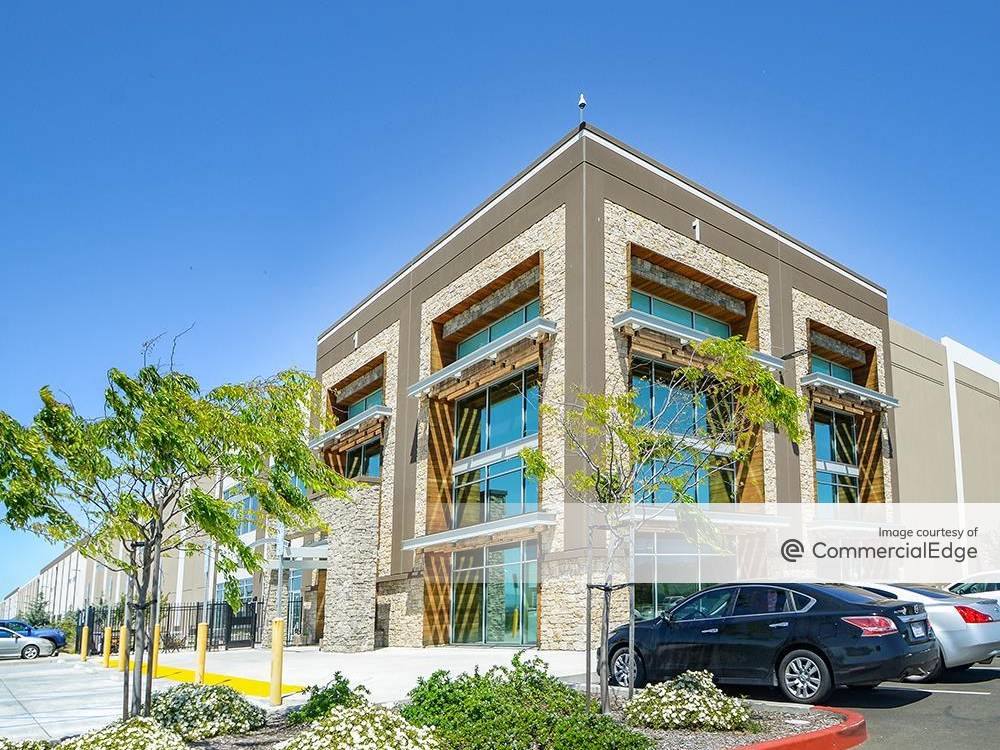Abundant Cheap Debt Drives Recaps
Kennedy Wilson Brokerage Group Executive Vice President Fred Córdova explains why potential tax reform is increasingly leading real estate borrowers to turn to recapitalization, across the product spectrum.
By Fred Córdova
 As this recovery enters its 10th year, all economic indicators are reading positive for continued growth. However, investment capital seems to be waiving the caution flag. The pace of investment sales has slowed significantly, causing the cash hoard on the sidelines to mount. Recent reports suggest there is more than $540 billion of institutional capital waiting to invest in commercial real estate. While no one knows the exact amount, there is likely at least two to three times that number in private capital also patiently waiting for a signal that now is a good time to buy.
As this recovery enters its 10th year, all economic indicators are reading positive for continued growth. However, investment capital seems to be waiving the caution flag. The pace of investment sales has slowed significantly, causing the cash hoard on the sidelines to mount. Recent reports suggest there is more than $540 billion of institutional capital waiting to invest in commercial real estate. While no one knows the exact amount, there is likely at least two to three times that number in private capital also patiently waiting for a signal that now is a good time to buy.
At the same time, sellers are looking to unload Class B and C properties in secondary and tertiary markets, particularly in the retail and suburban office sectors, hoping to catch the winds of demand from investors looking for yield. Higher-quality, institutional-grade assets are trading less frequently, as investors hold onto quality and use debt to reinvest in their assets. Cheap and abundant—if not cautious—debt from traditional and “alternative” lenders provides a more efficient return profile.
Reasons to Recapitalize
The question now for sponsors is, “What do you do when you need to execute a business plan for your limited partners, but don’t want to cash out because there is ‘meat on the bone’ and there are precious few new investment opportunities out there?” The answer: Recapitalize with new limited partner (LP) equity that has a lower yield requirement and a more patient return profile.
Traditional, value-add capital has return thresholds that mandate relatively quick three- to five-year executions. Slow execution with this type of LP capital eats up a sponsor’s promoted interest. While recurring fees may be alluring, they do not increase wealth. The recap is the answer to having both; keeping the fee train moving, while exiting capital that voraciously eats away at the promote.
For their part, LPs generally agree to this if they hit their return parameters (international rate of returns and equity multiples), given they have their own capital needs as custodians of capital for pension funds, endowments, foreign capital and others.
There is strong consensus from economists and business executives that the economy in general—and commercial real estate in particular—is very healthy. As such, the debt markets (particularly private debt funds) are responding by lowering prices and being increasingly more accommodating on terms. Meanwhile, regulated bank debt remains conservative and cautious due to high volatility commercial real estate (HVCRE) guidelines. In this scenario, recaps with a combination of patient equity and accommodative debt, are expected to become increasingly popular across the product spectrum, as long as the debt is inexpensive with flexible terms and the bid/ask spread on pricing for sale transactions remains wide.
Recaps have their own intricacies and challenges, but they have the unique ability to align capital needs of sponsors and business plans on the asset level more efficiently and effectively than direct sales. With the potential changes in tax code on the horizon, they may actually become the default option to outright sales.
The foregoing is the sole opinion of Fred Córdova and does not reflect the views or opinions of Kennedy Wilson.







You must be logged in to post a comment.